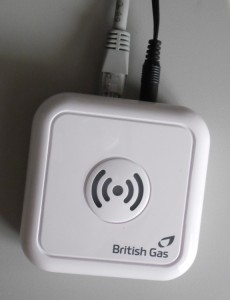A lot has changed in the world of web design in the past few years. For instance, today we use a lot of design terms such as minimalistic web design, intuitive interface, contextual menus etc. All these terms were unheard of or not so common, a few years ago.
Nowadays, there are a number of spectacular websites, which are dynamic in nature. These sites have been designed using some of the latest tools and technologies. Hence, if you too want to be a part of this new world and develop some of the most amazing and innovative websites, then you must be well-versed with the latest web design trends in the market.
Let us take a look at some of the ways how you can stay updated with the latest web design trends doing the rounds.
Take part in discussions with fellow designers
Take an active part in discussions with fellow designers on various forums and blogs or even face-to-face. This allows free-flow of information, which includes the latest design news and trends. For example, on one of these forums, you may get a chance to interact with an expert designer, who has used a certain technology on his/her website and end up getting a tip or two on that particular technology. Later on, you can implement whatever you learnt, on your website.
Make full use of the internet
You get a wealth of resources online, to update your knowledge in the latest web design trends. Let us take a look how you can use the power of internet for your advantage.
Social media sites – Social media sites need no introduction. Such sites are growing by leaps and bounds these days. You can use various social media sites like Twitter and Facebook to keep yourself updated with latest web design trends. For instance, you can visit various design forums, share your work, connect and network with the industry experts and fellow designers, join various groups, attend designer events and do lots more on these sites.
Design blogs – There are endless design blogs and even full-fledged websites dedicated to website design such as Smashing Magazine, Mashable, DesignModo etc. You can go through these blogs and websites and read reviews, comments, write-ups and learn numerous tips and tricks relevant to website design.
 eBooks – A number of latest web design ebooks penned by expert authors are available online. You can buy a number of such books at discounted rates or download some of them free of cost. Use these books as a reference when you design your sites.
eBooks – A number of latest web design ebooks penned by expert authors are available online. You can buy a number of such books at discounted rates or download some of them free of cost. Use these books as a reference when you design your sites.
Newsletters and magazines – Subscribe to receive various newsletters or online magazines from different sources. For instance, you can visit various tech-blogs or tech-news websites and sign-up to receive their newsletter/magazines directly in your inbox.
Browse the work of top designers
Whenever you find some time, go through the work of top/expert web designers. Many of these designers have their own sites. View their galleries/portfolios to get an idea about the latest, ongoing trends in web design and take a cue from them.
In conclusion
These are some of the ways through which you can know the latest web design trends in the market and design innovative websites.




